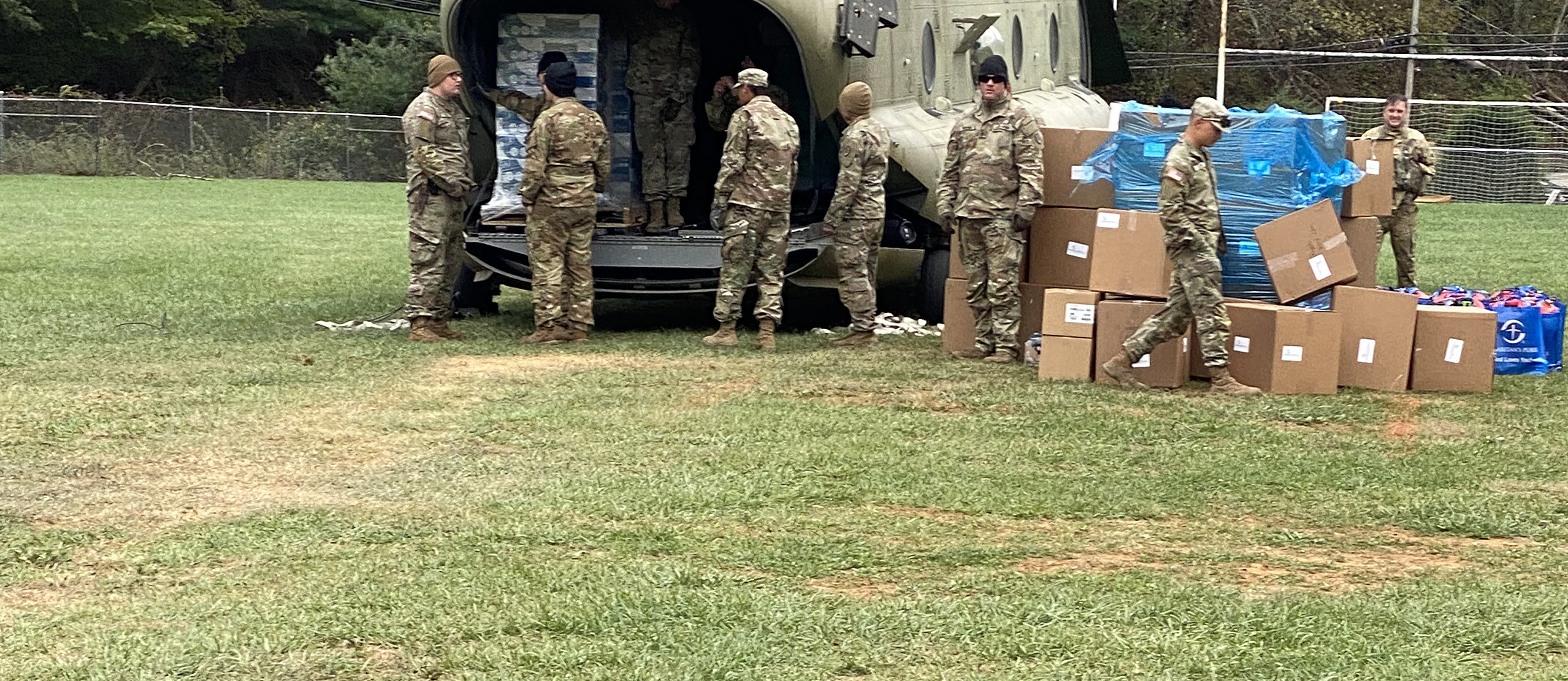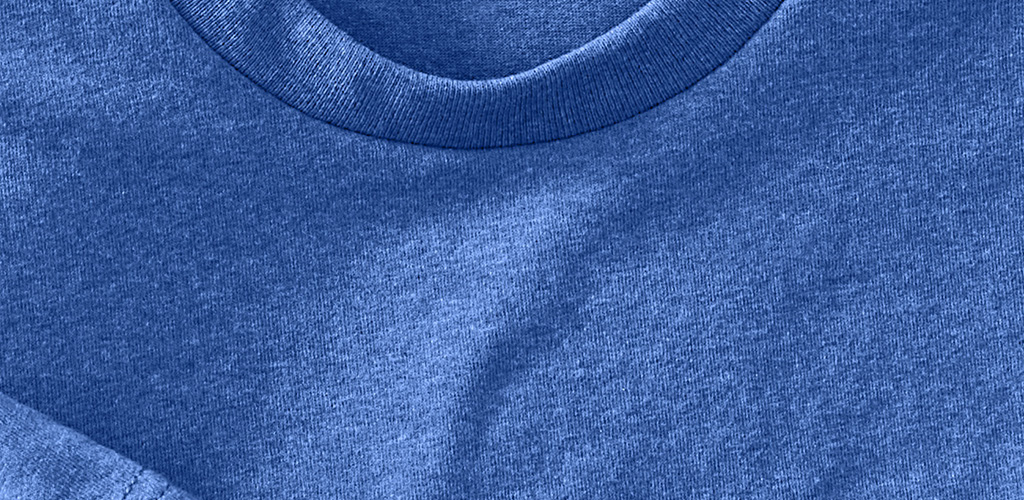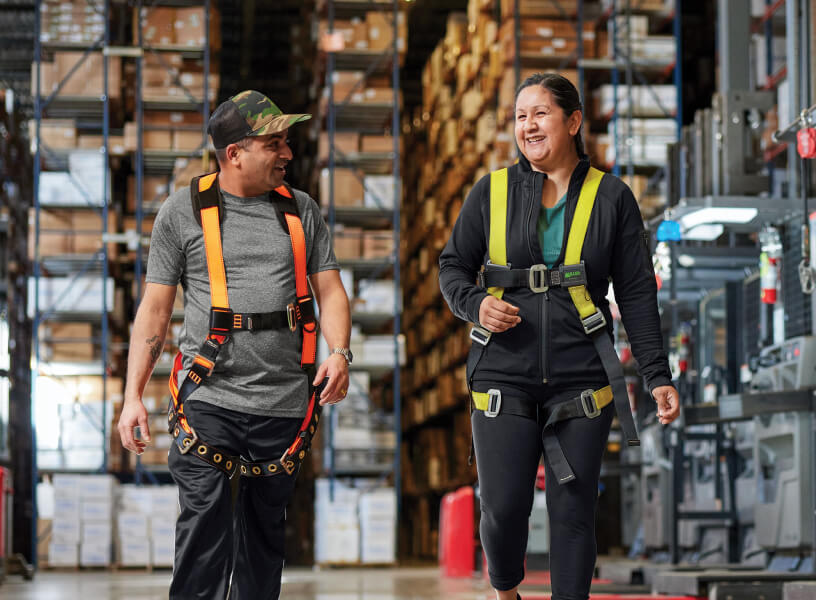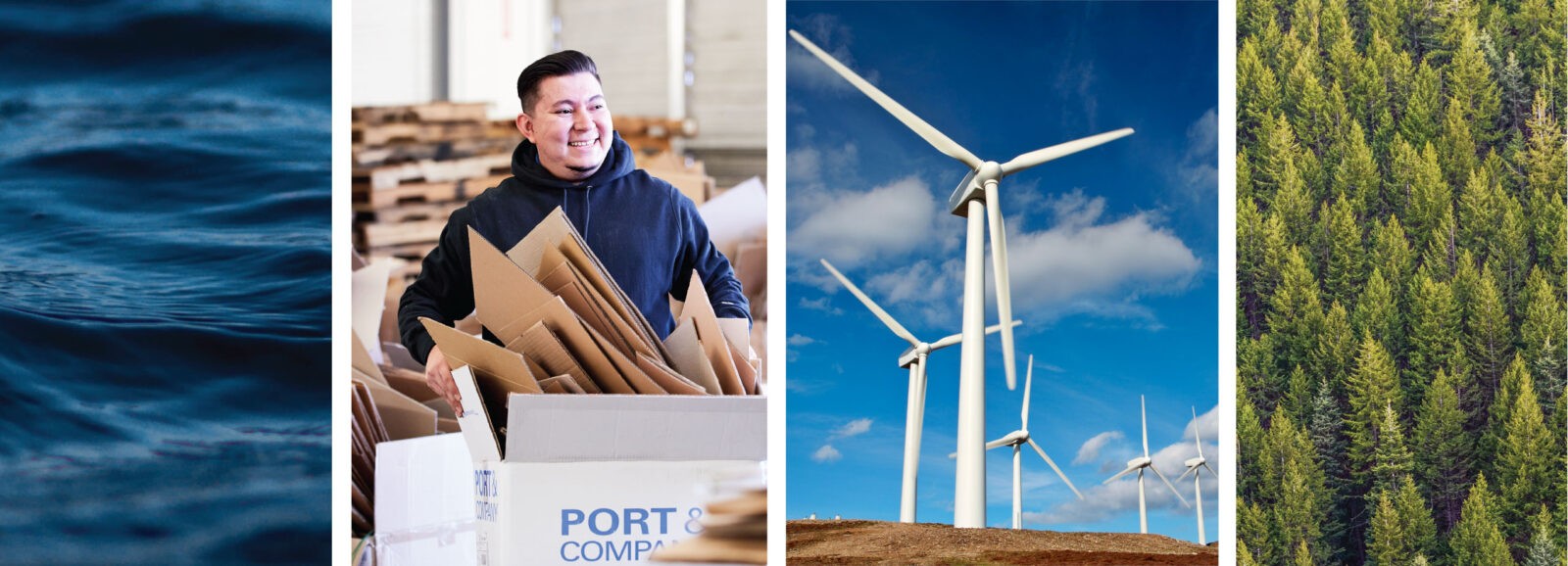California is no stranger to wildfires. But in 2018, one disaster made global headlines: the Camp Fire. Spreading at a speed of 80 football fields per minute, Northern California’s Camp Fire was the deadliest and most destructive fire in state history, causing 85 deaths and $16.5 billion in damage. The fallout was shocking: after 17 days, it left entire communities flattened and thousands without homes.
“They lost everything”
While the news cycle turned to the next big story, the residents impacted by the fire continued to suffer. “They lost everything,” says Dave Cowley, owner of Dave Cowley Incentives, a promotional products and apparel company in Minneapolis. Cowley’s daughter, Betsy, had purchased the town of Pulga, Calif., a 64-acre deserted gold mining town with many dilapidated structures located 26.4 miles (by road) from Paradise—where the fire started—to create an artists’ enclave back in 2016. She lost her home in the blaze, but the rest of Pulga was left untouched. As the fire raced up the neighboring mountain and into the towns of Concow and Paradise, thousands were left homeless as the mountain winter season approached.
“I asked myself, ‘What can I do right now to make a difference?,’ knowing they had no clothes and it gets very cold at night,” Cowley says. He took matters into his own hands, working with his representative at SanMar, Jon Oleson, to donate several cases of hooded sweatshirts, crewnecks, T-shirts, and stocking caps to fire victims who needed them most. “It wasn’t any more complicated than that,” Cowley says. “SanMar gave me special pricing, plus donated additional clothing as well.” By sending the clothing straight to his daughter, Cowley was able to get everything directly into the hands of community members who had lost their homes and more.

A slow recovery
As it turns out, Cowley says, the people who needed help back then still need help now. When he recently went to visit his daughter, who is still without power and is currently using generators, he was shocked by the destruction. “A lot hasn’t changed. These people are still without homes and many are living in their cars on their property where their house once was,” he says. “They say by the end of the year, they’re going to have all the lots cleaned up, then they can give the green light for these people to start building again. It’s just been wiped out.”
Because Pulga was one of the few areas not destroyed by the Camp Fire, it’s become somewhat of a respite for those working day and night to restore the area to habitability. “People stay in some of the cabins in Pulga, just to kind of get away for a bit,” Cowley says, noting that he’s working to plan another donation for these groups. “They need Carhartt work pants, shirts, hats, and gloves. Everybody there is working,” he says. “Nobody’s on vacation. Nobody is sitting around.”For Cowley, helping victims of the fire is personal—not only because his daughter was affected, but because it’s the right thing to do. “Many of Betsy’s friends and neighbors lost everything they owned in the fire,” he says. “She was able to get clothing into the hands of the needy immediately, and they really appreciated the donation.”




